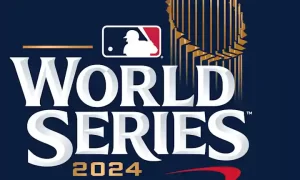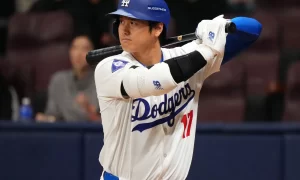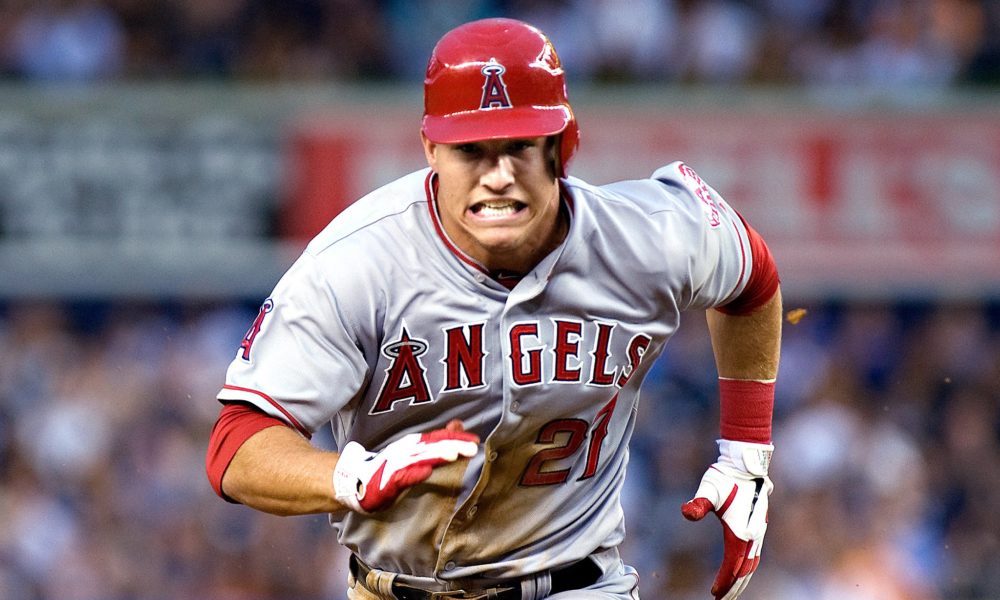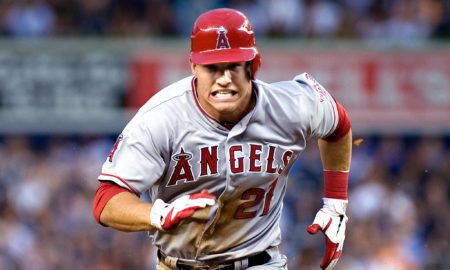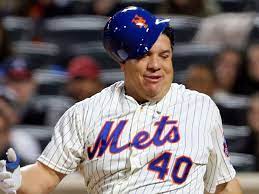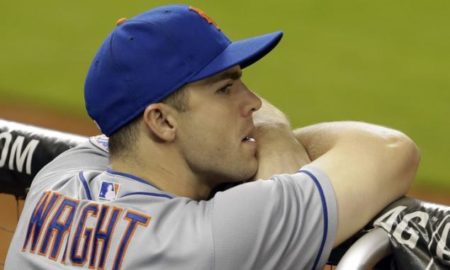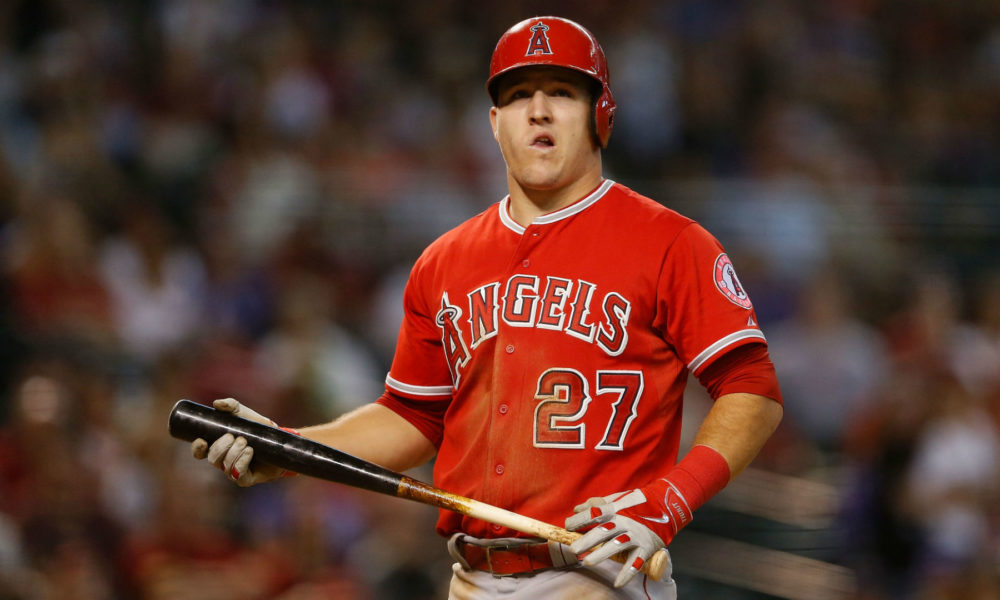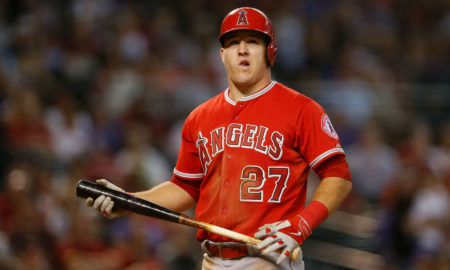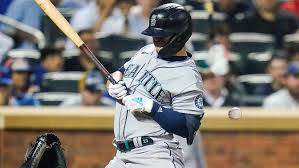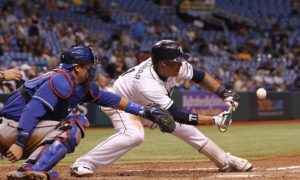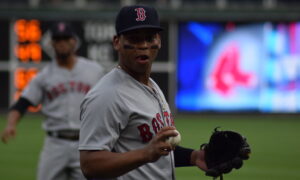The Eugenio Suárez Conundrum
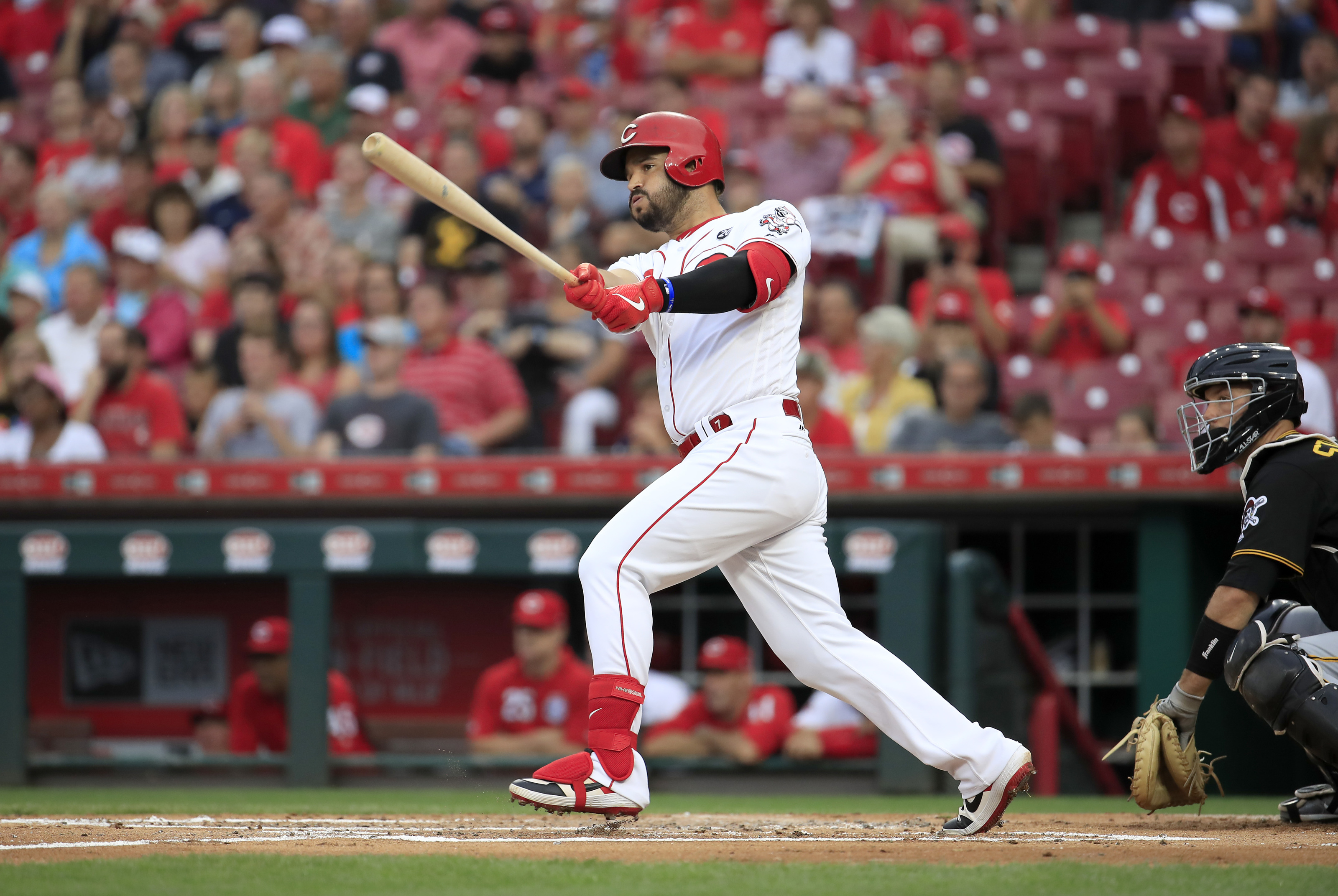
In 2014 Eugenio Suarez, then a 22-year-old shortstop in the Detroit Tigers system split the season between the minor leagues and Detroit. Although his performance on the big league level wasn’t eye-opening, his minor league performance was such it caught the attention of the Cincinnati Reds. Enough so that the Reds orchestrated a trade, sending Alfredo Simon to Detroit for Suárez and Jonathan Crawford. After starting the 2015 season in Triple-A Louisville, Suárez was called up to the Reds in early June and hasn’t looked back since. In just over half of a season in 2015, Suárez put up 2.1 WAR in only 96 games as the Reds’ shortstop.
Due primarily to his good hands but not great lateral movement, Suárez was moved to third base to start the 2016 season. In his first full season in the bigs, Suárez had an up and down season as the everyday third baseman for the Reds. His season totals of 1.6 WAR and a 92 OPS+ weren’t awful, but certainly had room for improvement.
Improve he did.
In large part to becoming more selective at the plate, seeing more pitches (and driving the ones he did see), Suárez’ OBP and SLG were both exactly 50 points higher in 2017 than they were in 2016. He finished the season with an OPS+ of 115 and 3.5 WAR, both of which were fifth-best in the National League among third basemen. If you’re thinking fifth in the league isn’t “that” good, consider the four in front of him were Nolan Arenado, Anthony Rendon, Justin Turner, and Kris Bryant. Not quite as good as those four is a pretty darn good player.
The Reds’ organization agreed and decided investing in the then 26-year-old would be a sound investment. Suárez and the team agreed to a six-year, $66 million contract extension just prior to the start of the 2018 season. The investment paid immediate dividends as Suárez had a phenomenal 2018 season posting a 136 OPS+ and 4 WAR, and earning an All-Star appearance in July. He followed that with another great season in 2019 with similar OPS+ and WAR numbers, also adding 49 home runs which was good enough for second-best in MLB that season.
2020 was an odd season for Suárez, as it was for…well, everybody.
On the surface, it may have seemed like he had a poor season, but a closer look at his metrics would show there were no drastic changes in his performance from 2019 to 2020. His barrel percentage, chase rate, BB percentage, average exit velocity, hard-hit percentage, and xSLG were all similar over the two seasons. Despite the low results-based numbers, the 2020 Suárez was still a patient hitter who hit the ball hard when he got his pitch. If we’re looking for an explanation for the poor results-based numbers, we don’t have to look far: Between 2014 and 2019, Suárez posted a BABIP of between .304 and .341 each season. In the small sample size of 2020, it was .214. The baseball Gods of randomness and luck were simply not on Suárez’ side in 2020. Despite the frustration, this was good news for Suárez, the Reds, and their fans heading into 2021.
That’s when the head-scratching began.
There is no way to sugarcoat Suárez’ 2021 season: It’s been worse than awful, something the Reds are a bit accustomed to. 140 MLB players have at least 450 PA in 2021: Suárez is 139th in both OPS+ and OBP and is tied with the extremely light-hitting, glove-first shortstop José Iglesias at number 120 in SLG. He’s also 140th, dead last in batting average, 22 points behind number 139. (I’m not a big BA guy – but that is staggering.) To make matters worse, he ranks in the first percentile in Outs Above Average with his glove. A player who ranked in the 62nd percentile in OAA as recently as 2019, now is also in the discussion of the worst fielder in baseball in addition to the worst hitter.
So what’s the problem? Much smarter people than I am have already asked that question and have yet to come up with answers, but I’ll give it a try anyway.
Let’s start with what we do know: Suárez is simply not hitting the ball as hard as he used to. His chase rate, contact rate, and direction in which the ball is batted haven’t changed much – he’s simply just not hitting the ball hard when he does swing and make contact. He’s gone from the 78th to the 32nd percentile in hard-hit percentage, 66th to 34th in xwOBA, and 55th to 37th in average exit velocity.
Have pitchers figured him out? Not likely. He’s seen a tick fewer fastballs in 2021 than in previous years, and a tick more off-speed and breaking pitches, but nowhere near enough to make a huge difference in his results. Yet perhaps somewhat oddly his performance against fastballs has stayed mostly the same while his performance against off-speed and breaking pitches has dropped precipitously. In 2020 Suárez posted a .361 wOBA against off-speed pitches and .290 against breaking balls. In 2021, it’s been .241 and .248 respectively.
Since things that often help identify problems like chase rate, contact rate, direction balls are hit, etc. haven’t changed, what has? If you were curious about launch angle and ground ball versus fly ball percentages, his average launch angle in his monster 2019 was 17.7 percent, then 17.9 percent in both 2020 and 2021. However, both his ground ball rate and fly-ball rate have gone up while his line drive rate has gone down. In other words, launch angle isn’t going to tell us anything. He’s simply hitting the ball straight up and straight down often, which when averaged together equals the same as if he were hitting line drives consistently.
There are two things that have changed drastically that may give us some clues: His runs above average against pitches in the shadow zone went from +2 in 2020 to -29 in 2021. (Shadow zone meaning pitches not down the heart of the plate, and not waste pitches.) Additionally, he’s swinging at 33% of the first pitches he sees, which is the highest percentage of his career and 11 percent higher than last season.
We know he’s swinging at more first pitches and although not leaving the zone, is more likely to swing at good pitches near the edge – and not do much with them. This had led to career lows by a wide margin in BB percentage, OBP, and BB/K ratio since becoming a full-time player five seasons ago. It’s also led to, as previously noted, very weak contact.
To state the obvious, I’m not an MLB hitting instructor, but it sure seems like the 2021 version of Suárez is having difficulty with pitch recognition. He can still hit fastballs down the middle, but he’s struggling with pitches that spin, move, and/or are on the edges of the zone. I’d like to think that someone in the Reds’ organization has thought of something as simple as an eyesight issue. Perhaps even something as simple as coaching to help identify pitch sequencing to “guess right” more and be fooled less.
Whatever the solution is, my hope is that for all involved the Reds have good coaches and behind-the-scenes staff that can identify the root cause of this mysterious career downturn and figure this problem out. According to a recent article on MLB.com by Mark Sheldon, Reds manager David Bell is still a big fan of Suárez and Suárez has been a model teammate. There’s also the small issue of $33 million remaining on his contract after this season, which could create roster construction issues for the Reds if Suárez doesn’t start producing again. Given that the Reds are only two games out in the loss column for a Wild Card spot, these are questions better answered sooner rather than later.

